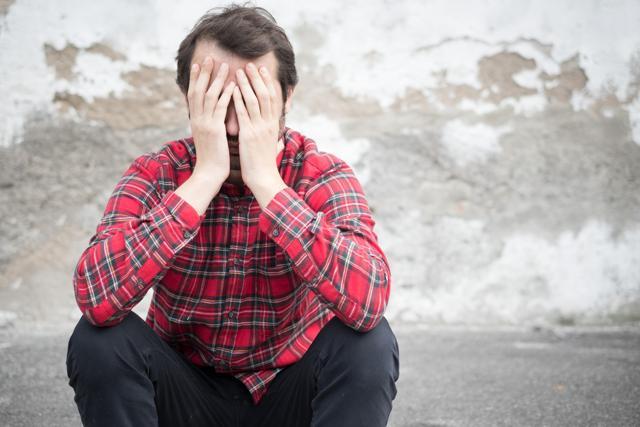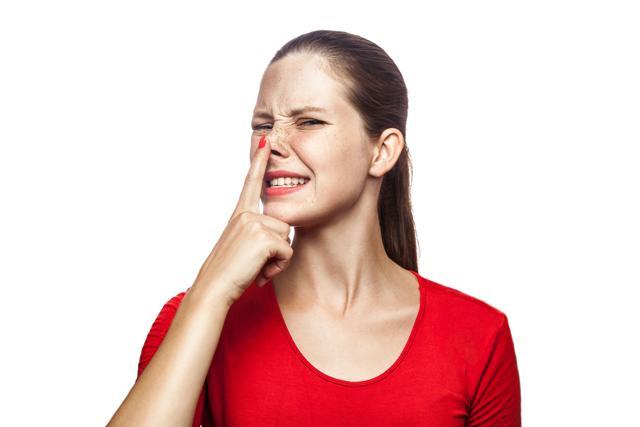Ileana D’Cruz reveals she had body dysmorphic disorder. Here’s what the illness is
After Deepika Padukone, Sonam Kapoor and Parineeti Chopra, actor Ileana D’Cruz has opened up about body image issues. The Rustom actor, on Sunday, revealed how she was on the verge of committing suicide because she suffered from body dysmorphic disorder (BDD).
Two years ago, Deepika Padukone revealed how she struggled with depression at the beginning of her career, and raised the need to speak up about it rather than suffering silently. Taking a cue from her, Sonam Kapoor and Parineeti Chopra too came forward and talked openly about body image issues.

Now, Bollywood actor Ileana D’Cruz has spoken about her struggle with depression and mental health issues. On Sunday, the Rustom actor said she was on the verge of committing suicide because she suffered from body dysmorphic disorder (BDD), “a body-image disorder characterised by persistent and intrusive preoccupations with an imagined or slight defect in one’s appearance.”
She was speaking at the 21st World Congress of Mental Health in New Delhi, when she revealed how talking to a therapist about her BDD and low self-esteem helped her fight the mental and emotional distress. “Imperfections are a part of life and one should learn to love who you are. You are a human being and are allowed to be imperfect, and you are allowed to be flawed. There is a lot of beauty in your imperfections, in your uniqueness,” she said.
The illness, however, is not limited to celebrities or film stars. Experts say it can afflict anybody. According to Mumbai-based counsellor Anita Singh, when people with BDD look in the mirror, they don’t see what everyone around them sees. “It can be the shape of their nose, the texture of their skin, often it has something to do with their weight,” she says.
Kolkata-based psycologist Polly Sengupta concurs. While most people have parts of their body they feel less than enthusiastic about, BDD is a psychiatric disorder in which people become obsessed with even a slight imperfection or non-existent body flaw.
“BDD is a pervasive perception that your body is different and more negative appearing than the actual facts,” she says, adding, “Typically, other people can’t even see the flaw that the person with BDD is consumed by. No matter how many times people assure them they look fine or that there’s no flaw, the person with BDD cannot accept that the issue doesn’t exist.”
Here’s everything you need to know about this disorder - characteristics, signs and symptoms.

1. You might have BDD, if you experience obsessive worries about one or more perceived flaws (which cannot be seen by others) in your physical appearance, according to healthline.com. Or develop compulsive behaviours and routines, such as excessive use of mirrors or picking your skin, to deal with the worries you have about the way you look.
2. BDD may also cause other problems, such as, feelings of shame, guilt or loneliness, depression or anxiety, according to Dorset Mental Health Forum. It can lead to you isolating yourself to avoid situations that cause you anxiety or discomfort, misuse of alcohol or other drugs, feeling you need unnecessary medical procedures, such as cosmetic surgery, eating disorders, self-harm and suicidal thoughts.
3. What are the common signs of BDD? People with BDD see themselves differently to how others see them, Sengupta says. Although everyone’s experience of BDD is unique, there are some common signs, lists Mind.org: Common obsessive worries about the body and negative thoughts about one specific area (or several areas) of your body, which you think is out of proportion, too big or too small, disfigured, or lacking symmetry. “These thoughts cause you significant anxiety and you will often spend several hours a day thinking about the area or areas of concern,” Sengupta says.

4. BDD and eating disorders share similar symptoms, such as, having poor body image, worrying excessively about your physical appearance, developing compulsive behaviours to try to deal with these worries. However, Singh points out BDD and eating disorders are not the same. When a person is experiencing an eating problem, such as anorexia nervosa, they are mainly concerned about their weight and shape. “Someone experiencing BDD is likely to experience other concerns around body image - for example, they may also have concerns about a particular facial feature.”
5. Common compulsive behaviours include, excessively checking your appearance in mirrors or avoiding them completely, using heavy make-up to try to hide the area you’re concerned about changing your posture or wearing heavy clothes to disguise your shape, according to Psycom. Other behaviours include, seeking constant reassurance about your appearance, exercising excessively, often targeted at the area you’re concerned about, frequent body checking with your fingers, picking your skin to make it smooth, frequent weighing, brushing or styling your hair obsessively. Singh adds that constantly comparing yourself with models in magazines or people in the street, seeking cosmetic surgery or having other types of medical treatment to change the area of concern are also behaviours to watch out for.
Follow @htlifeandstyle for more




